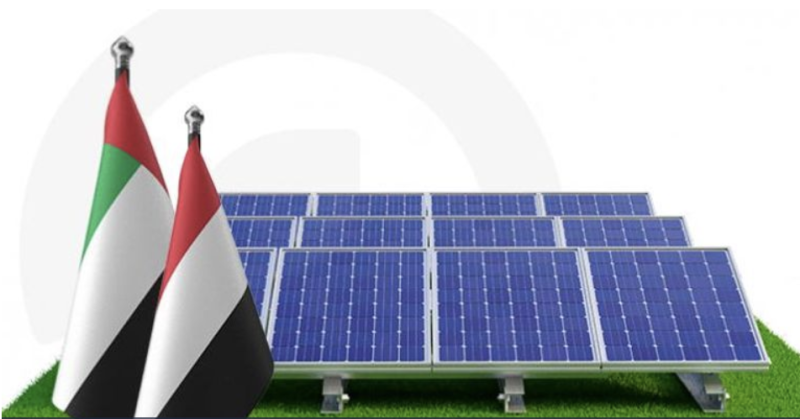UNICEF Yemen Humanitarian Situation Report - reporting period


Highlights
• As of 2 May 2021, a total number of 6,325 COVID-19 officially confirmed cases were reported in Yemen, with 1,229 associated deaths and 2,794 recovered cases. The confirmed fatality rate (CFR) has reached 19.4 per cent.
• The COVID-19 vaccination campaign was launched on 20 April with a focus on vaccinating high-risk individuals and health care workers. A total of 7,482 health care workers, 5,715 adults aged 60 years and above, and 3,620 individuals with chronic diseases and co-morbidities received their first dose of the AstraZeneca vaccine in April.
• Heavy rains during the month of April affected a total of 34,465 people in 265 IDP sites and in host communities that require WASH assistance. Under the coordination of the WASH cluster, UNICEF conducted an assessment and has mobilized partnership arrangements and resources to respond to this need.
• Humanitarian access to some of the most vulnerable communities near to conflict points remains a challenge. As of April, 29,512 IDPs were displaced, with the majority of displacement waves coming from Ma’rib, Hodeidah, Taiz and Al-Jawf, as internal displacement within the governorate towards safer districts increased or towards other governorates.
Situation Overview & Humanitarian Needs
Since the conflict in Yemen began more than six years ago, it remains the worst humanitarian crisis in the world, with 20.7 million people – 71 per cent of the total population – in need of humanitarian assistance. The conflict has left three million people, including 1.58 million children, internally displaced. 138,000 additional people have become migrants and 137,000 people are seeking asylum abroad.
While UNICEF continuesits lifesaving interventions, severe acute malnutrition (SAM) continuesto plague children under five. Nutritional needs continued to rise throughout April, with more than 395,195 children suffering from SAM and 2.25 million children facing acute malnutrition, according to the Integrated Food Security Phase Classification (IPC). The lack of funding for emergency WASH interventions continues to undermine the integrated response. More than 15.4 million people urgently need assistance to access WASH services which are linked to drivers of malnutrition. This shortfall also heightened the risk of COVID-19 as well as other waterborne diseases, including cholera. Approximately 20.1 million people need health assistance. Women and children continue to be disproportionately affected, with 4.8 million women and 10.2 million children needing assistance to access health services during the reporting period.
As of 2 May 2021, a total number of 6,325 COVID-19 officially confirmed cases were reported in Yemen, with 1,229 associated deaths and 2,794 recovered cases. From mid-February, the country has experienced a second wave of COVID-19 cases and deaths. The peak of this second wave was recorded during the reporting period and a continuous decline of new cases and deaths was observed up to May 2nd. In April 2021, about 1,090 COVID-19 cases and 290 deaths were reported leading to a case fatality rate of 26 per cent, which strongly suggests figures are being underreported. The COVID-19 vaccination campaign was launched in 13 southern governorates on 20 April 2021 through fixed facilities and a temporary outreach strategy.
Health saw gains in immunization coverage during the reporting period, with the first phase of the second round of Integrated Outreach Round (IOR) in Sa’ada governorate reaching a total of 95,369 children. This brought the total number of children throughout the country receiving vaccinations in April to 284,326. UNICEF continued to coordinate closely with the Ministry of Public Health and Population (MoPHP) to ensure implementation of at least the second IOR in the remaining target governorates before June 2021 and 2-3 rounds of IOR in the second half of 2021. Meanwhile, discussions are ongoing with MoPHP to implement measles and diphtheria outbreak response activities based on the availability of funds. Measles outbreaks have been reported in five governorates including Sa’ada (1,181 cases), Sana’a city (414 cases), Amran (259 cases), Hajjah (223 cases) and Sana’a (213 cases).
During the month of April, the UN Country Task Force on Monitoring and Reporting (UNCTFMR) documented 19 incidents of grave violations against children, of which 18 were verified. All the verified violations this month pertained to child casualties, including five children killed (40 per cent girls), and 25 children maimed (25 per cent girls), by various parties to the conflict. Most of the incidents documented and verified were in the governorates of Taiz (five), Hodeidah (four), and Ma’rib (three), reflecting the continued intense fighting along frontlines in these areas. These are only figures that the UN has been able to verify to date; the actual number of incidents might be higher than this.

Aden — Ports under the authority of Yemen’s internationally recognized government have received more than two million metric tons of fu…

Mukalla — Local authorities in Hadramout have announced the inauguration of Yemen’s first solar-powered cement station, a landmark proj…

AbuDhabi -- The United Arab Emirates has pledged $1 billion to bolster Yemen’s electricity sector, marking one of the largest development com…